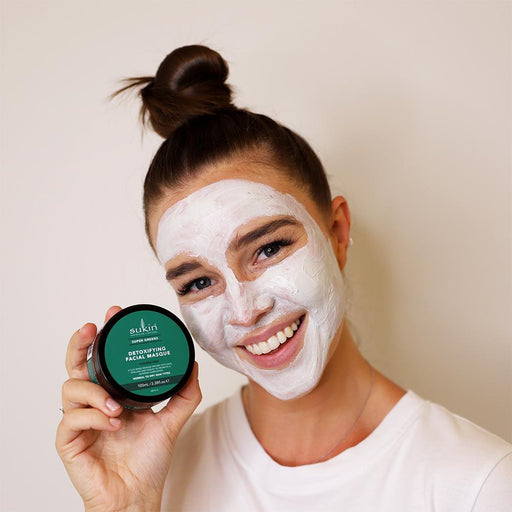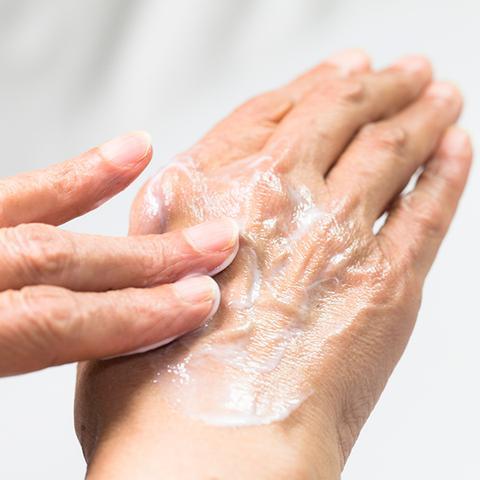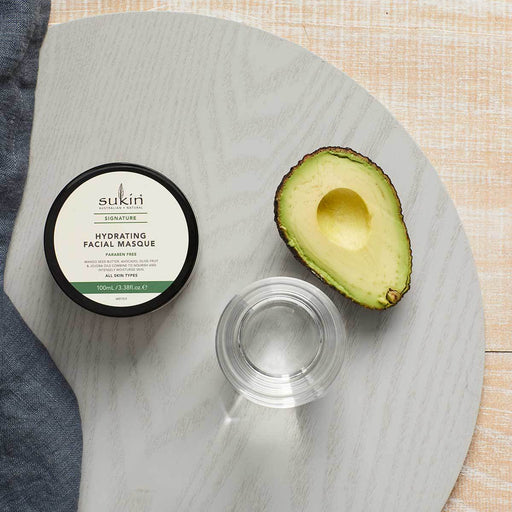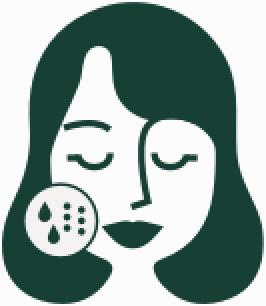The Sukin Journal
Discover the world of natural through our eyes! From skincare tips, lifestyle and environmental hacks to inspirational interviews! Explore it all.
How to treat blemishes naturally
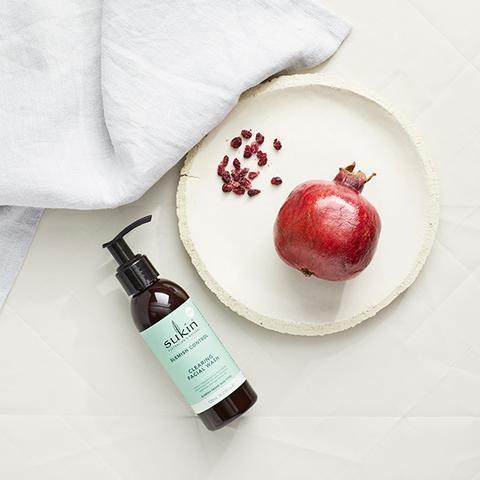
When we suffer from a breakout, our first instinct is often to reach for a harsh, chemical-packed acne treatment- but did you know that blemishes can be treated naturally?
With the ability to fight the cause of blemishes within just 30 minutes, 8 out of 10 women have said they would happily recommend Sukin’s new Blemish Control range to friends and family. Rather than drying out the skin and causing further irritation, this natural blemish solution fights imperfections at their source without compromising the health of the skin.
Read on to discover how you can clear blemish-prone skin, naturally.
What causes adult blemishes?
Blemishes can be triggered by a number of factors- a reaction to topical products, diet, stress, hormones, genetics or environmental factors to name a few. The blemish itself, however, stems from one thing- an overproduction of sebum leading to a blocked sebaceous gland. Put simply, blemishes occur when the pores become blocked.
To treat blemishes, many will reach for harsh, chemical-based products targeted at blemish-prone skin. While this may work to dry out excess oil and blemish causing bacteria, these products can potentially dry out the skin too much and compromise the skin’s natural healthy function. Rather than choosing a synthetic blemish treatment, consider a natural solution.
Which chemicals can be found in traditional blemish-targeting products?
One of the most prominent ingredients found in traditional blemish treatments is Benzoyl Peroxide. This synthetic ingredient is popular due to how swiftly it can kill bacteria, however it can also leave the skin dry, red and irritated.
Azelaic Acid is another potentially synthetic ingredient commonly found in mainstream acne-targeting products. While it works to exfoliate the skin and unclog the pores, it has also been known to leave skin red and itchy.

Natural alternatives to blemish-healing chemicals
Instead of Benzoyl Peroxide, Sukin harnesses natural blemish clearing properties from a blend of Eucalyptus Oil, Tea Tree Oil and Salicylic Acid to gently yet effectively clear the pores, rid the skin of pore-clogging dead skin cells and reduce the inflammation associated with breakouts.
Sukin’s Blemish Control range also relies on Willowherb and Quince, rather than chemical Azelaic Acid, to naturally minimize the appearance of pores, blemishes and surface redness.
How to treat blemish-prone skin
To treat blemish-prone skin naturally, make sure each step in your skincare routine works harmoniously with the next.
Step 1. Sukin Blemish Control Clearing Facial Wash. Remove dirt, bacteria, makeup and environmental pollutants from the skin by applying a small amount of cleanser to the skin then lathering with water. Gently massage the facial wash into the skin then rinse thoroughly and pat dry.
Step 2. Sukin Blemish Control Pore Perfecting Toner. Refine the appearance of pores and minimize shine by moistening a cotton pad with toner and gently wiping it over the entire face.
Step 3. Sukin Blemish Control Oil Free Moisturizer. Hydrate the skin without adding any shine by applying this oil free moisturizer to clean, dry skin.
Step 4. Sukin Blemish Control Spot Banishing Gel. To spot treat any blemishes, apply a small amount of spot banishing gel (after moisturizer) to any areas of concern using a clean finger or a cotton bud.


